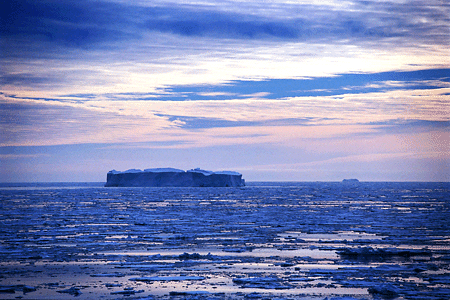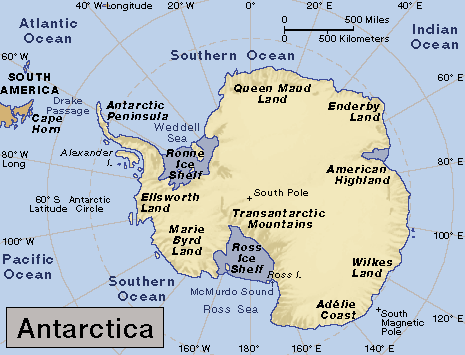Arctic Ocean Becomes More Acidic
Wednesday, May 8th, 2013May 8, 2013
Scientists with the Arctic Monitoring and Assessment Programme held a conference in Bergen, Norway, on May 6-8, at which they discussed their findings on the increasing acidity of the Arctic Ocean. The cause of increasing acid levels in seawater worldwide is higher levels of carbon dioxide (CO2) in the atmosphere. In addition to increasing Earth’s temperature, atmospheric carbon dioxide is also absorbed into the sea water. This effect slows global warming. The chemical reaction, however, causes the water to become more acidic. The surface waters of oceans worldwide have become 30 percent more acidic since the Industrial Revolution in the mid-1800′s owing to this phenomenon.

The Arctic Ocean is rapidly becoming much more acidic because of increasing levels of carbon dioxide in the atmosphere. (© Corbis/SuperStock)
The Arctic Ocean is particularly sensitive to this process. That ocean is fed by many rivers and by melting ice. The amount of freshwater, that is, not saltwater, in the Arctic Ocean aids the process of acidification. The cold temperature of the Arctic Ocean also makes it more vulnerable to increasing acidity.
Scientists believe this growing acidity will have a great effect on Arctic ecosystems, but they are not sure what that effect might be. Studies do indicate that many animals grow more slowly in more acidic water and shell-formation is affected in mollusks. On the other hand, sea grasses thrive in more acidic water. It is the Arctic’s valuable fish—Arctic cod, for example, which is a food source for humans and marine mammals—that scientists are uncertain about. More studies need to be undertaken to ascertain how Arctic fish will fare in their changing environment.
This change in the pH level of the Arctic Ocean comes at a time when the area is experiencing other great environmental changes: rising temperatures and diminishing sea ice. It is difficult for scientists to predict what the net effect of these climate-change induced alterations will be.
Other World Book articles:
Other websites of interest:



